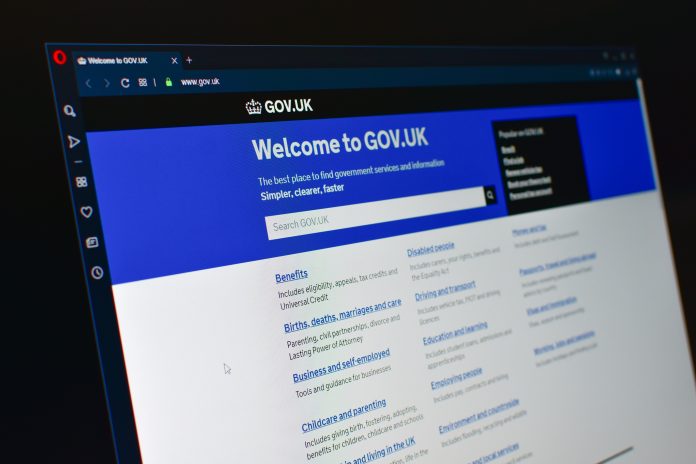Danny Bluestone, CEO of Cyber-Duck, stresses the importance of creating an accessible digital presence that is designed to put the user at the heart of the experience, particularly within governments
Not entirely unpredictably, the launch of Test and Trace – the government’s digital tracking app and its latest salvo in the fight against coronavirus – was met with the usual mix of exasperation, derision and scepticism. From not working on older phones to causing confusion among users, there has been a worry that a general lack of accessibility will lead to low take-up which, in turn, will mean it fails to achieve its objective of gathering information about the virus’s spread from as much of the nation as possible.
The Government’s attempts at unified digital services have been much maligned, but individually, Gov.uk’s offerings do pretty much what they say on the tin. For example, Making Tax Digital is designed to cut through the extensive paperwork required to deal with VAT returns and plugs inefficiently with commercially available bookkeeping software. It seems to be that when systems try to talk to each other, things get sticky.
Health is what everyone is talking about right now but it’s very hard to find a way forward and navigate the NHS’s myriad digital systems and sources of information. It’s also hard to understand why the government feels the need to reinvent the wheel when technologies already exist to take the strain, notably failing to implement the Google/Apple approach to the contact tracing app in the first place.
This is largely down not just to our large and complex system of government agencies, but the very foundation of our society. The arguments have gone back and forth but there is still an overall rejection by the British public of a formal ID card. Without a single identifier for each person on this island, there’s no way you can get the data unification needed for government departments to talk together digitally.
And this itself is a prime example of the challenges every organisation faces when it comes to digital transformation. Put simply, it’s not about the tech.
Identifying an action plan
Instead, it’s about vision and it’s about culture. For digital transformation to work, the people behind it must all be able to drive in the same direction. One example that resonates is Walmart, which implemented blockchain technology to improve the sustainability of its supply chain. Blockchain is often viewed with scepticism but with a whole-company willingness to support not just the technology but the organisational changes that needed to be made as a result, the project looks set to improve food safety for its 265 million customers.
Without that single ID, creating unified digital government services is on a hiding to nothing but that doesn’t mean there isn’t significant scope for improving the current approach.
First, there are already examples of great digital governance within public services. The Government’s service manual covers everything from choosing tech suppliers to designing a digital experience, measuring success and even working in a more agile way. However, where they can drive improvement is in the implementation of that manual.
Where the process falls down is the fact that outsourcing is UK government departments’ go-to strategy. While everyone should seek expert tactical help, driving strategy must come from an internal perspective. Indeed, it’s something Japan – usually ahead of the tech curve but lagging from a digital perspective – has taken robustly in hand since the appointment of new PM, Yoshihide Suga. One of his first actions in office was to appoint digital transformation minister, Takuya Hirai, to accelerate the country’s digital society plans.
Unravelling our complex digital systems and setting them on the right course would be a massive task to undertake in one go, some might say impossible without that fated ID. But the steps are there. Firstly, research – the government needs to understand what people need. The private sector is getting the hang of user-centricity, it’s not such a big leap for central government to get on board too.
And what about innovating with a new cohort? With the population looking set to nudge 70 million in the next decade, we’re never going to be able to roll out a whole replacement system for what currently exists but we can start anew for the next generation. If the government were to get its head down and create unified log-ins for the next generation, from health records to education, voting and beyond, the country’s digital transformation could become a self-fulfilling prophecy.











